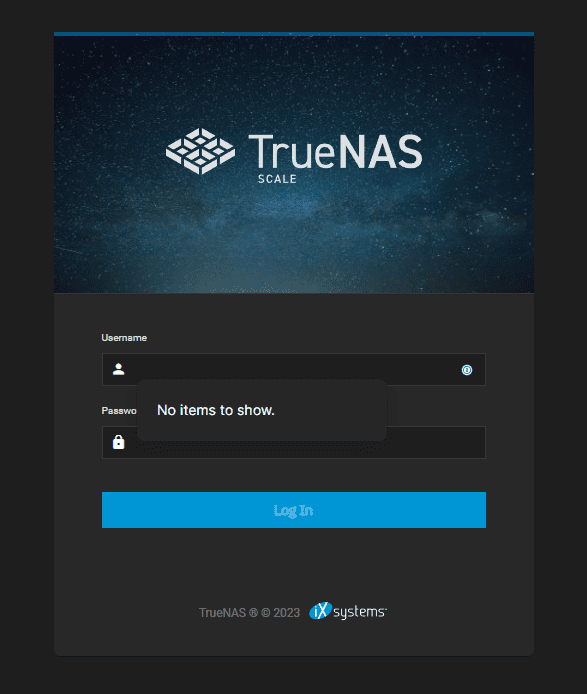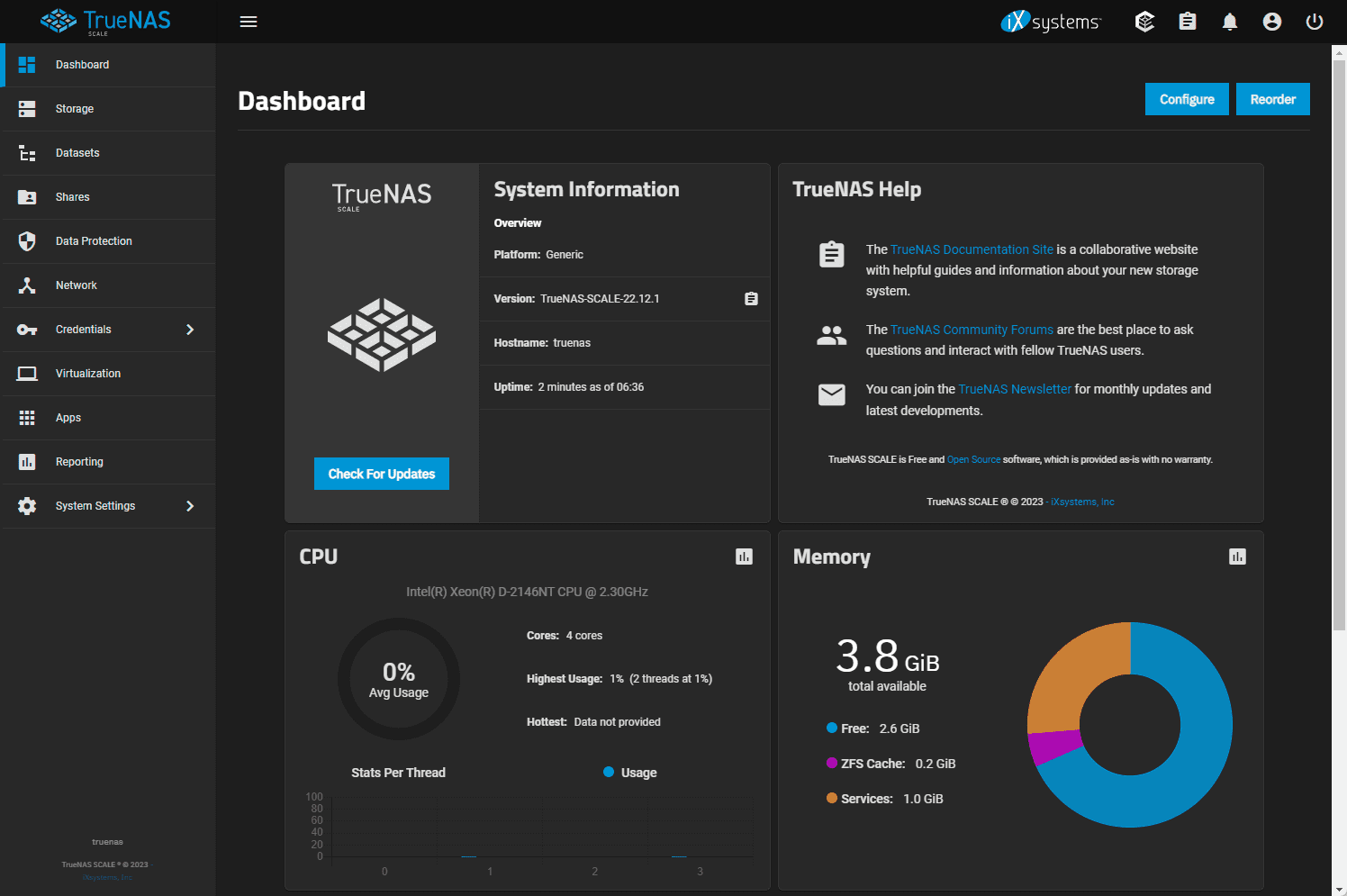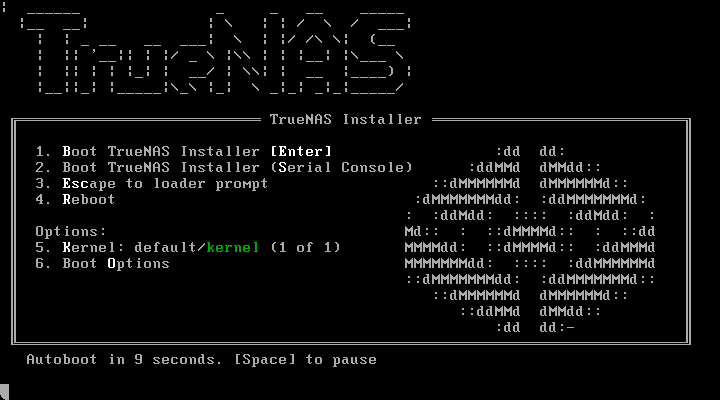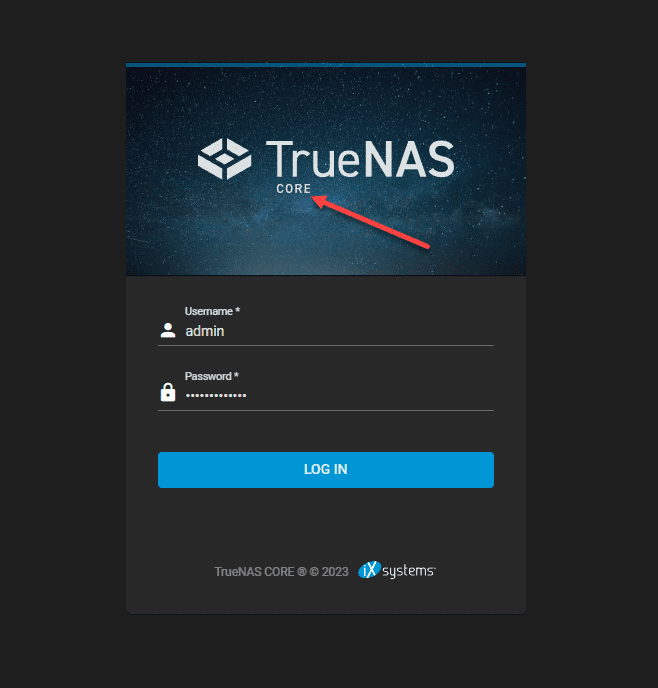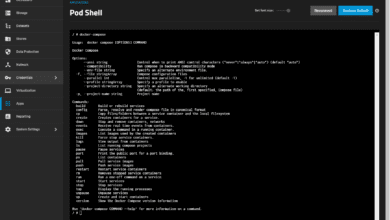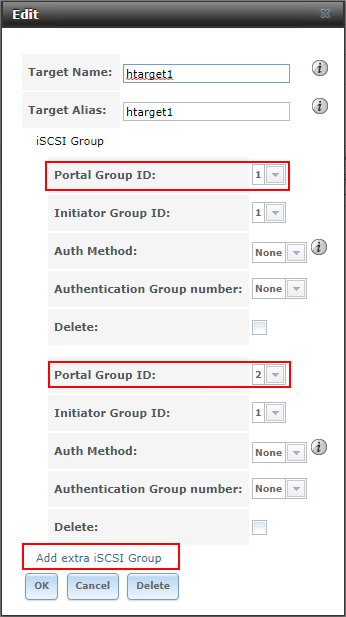Truenas Core vs. Scale – A detailed comparison
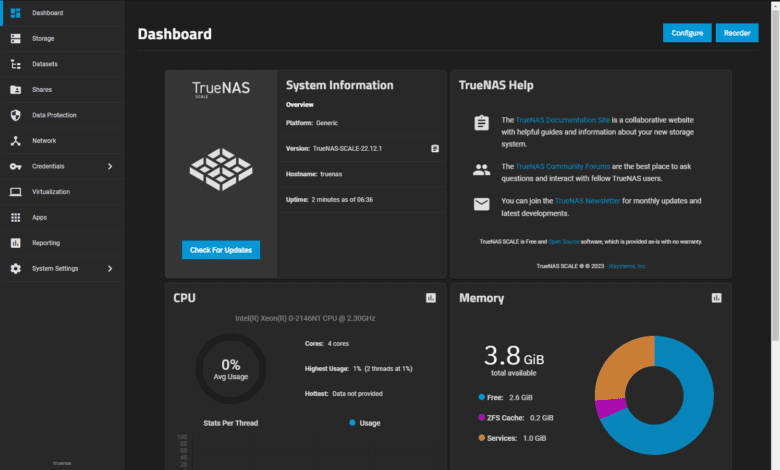
TrueNAS has made a name for itself as a great all around solution for not only storage but also running workloads itself like virtual machines and even Docker containers. There are two versions that you may have noticed you can install, TrueNAS Core and TrueNAS SCALE. Let’s take a look at TrueNAS Core vs SCALE and see which you might want to choose based on certain reasons.
Table of contents
What is TrueNAS?
Before comparing TrueNAS CORE vs. SCALE, let’s briefly get an overview of what TrueNAS is exactly before we compare. TrueNAS is a free, open-source network-attached storage (NAS) system. It has many features and offers capabilities, such as file storage, virtual machines (VMs), and media servers as well as running containers. TrueNAS Core is built on FreeBSD, an operating system known for reliability and security as well as its performance profile.
What is TrueNAS Core?
TrueNAS CORE, previously known as FreeNAS, is the more established version of TrueNAS and has been around the longest. It’s an enterprise-grade storage solution that offers many features. These include such things as VMs, plugins, and support for different and varied hardware configurations.
TrueNAS CORE has a sizeable user base and the community is very active. It can be a good choice for a proven and well-supported storage system that can do a lot of different things in the home lab or even production..
What is TrueNAS Scale?
TrueNAS SCALE is the newest release of TrueNAS, built on Debian Linux. It is the more flexible and scalable storage solution. It provides additional features like running Docker containers running in the applications section of the solution and support for Microsoft Azure to name a few that many may recognize.
The main difference between TrueNAS CORE and SCALE is their underlying operating system. With CORE based on FreeBSD and SCALE on Debian Linux for better compatibility.
Differences Between TrueNAS CORE and SCALE
Now that we have a basic understanding of both CORE and SCALE, let’s dive into the differences that probably matter between TrueNAS CORE and SCALE and that can help make the decision on which one to choose.
Operating System – As mentioned earlier, the main difference between CORE and SCALE is in their underlying operating systems they both run. TrueNAS CORE is built on FreeBSD, while TrueNAS SCALE uses Debian Linux.
Users familiar with Linux may find it easier to transition to TrueNAS SCALE. Debian Linux is well-known and loved by community members as this is what Ubuntu is based on, etc. While those used to FreeBSD may prefer to stick with TrueNAS CORE.
Virtualization – Both TrueNAS CORE and SCALE support running virtual machines, but TrueNAS SCALE has an edge in this area and the reason for that is due to the fact that it can support Docker containers and apps based on Docker. This means you can run more lightweight and efficient applications on TrueNAS SCALE than TrueNAS CORE and this could be a deciding factor for sure.
Scalability – As the name suggests, TrueNAS SCALE is designed to scale more quickly than TrueNAS CORE. It’s better suited for larger scale deployments and environments where you may need to manage multiple storage nodes or clusters with it. TrueNAS CORE, on the other hand, is better suited for smaller deployments or single-node setups that many may have in the home lab, etc.
Hardware Compatibility – TrueNAS CORE and SCALE offer good hardware support, including CPU, GPU, and storage configurations. However, TrueNAS SCALE is based on Debian Linux which just by default has better hardware support when you compare it with FreeBSD which TrueNAS Core is based on.
Learning Curve – For those new to the TrueNAS ecosystem, TrueNAS CORE might have a steeper learning curve due to its FreeBSD underlying OS and commands. Users familiar with Linux may find it easier to start with TrueNAS SCALE with the familiar Debian commands.
Setting Up and Migrating Between TrueNAS CORE and SCALE
You can install TrueNAS Core and SCALE on bare metal or inside a virtual machine which many do with a passthrough storage disk or set of disks, depending on how you want to operate the environment.
Setting up TrueNAS CORE or SCALE involves installing the appropriate operating system on your hardware and configuring the system based on your storage needs of the environment or apps you want to run.
When setting up TrueNAS SCALE, you must provide a root password or admin password for the web interface, while TrueNAS CORE uses a different authentication method to make note of. Remote management is available for both platforms which is nice, making it easy to access and administer your storage system from anywhere or when you are away.
If you’re considering the process to migrate from TrueNAS CORE to TrueNAS SCALE, or vice versa, planning the migration carefully is the first step and making sure you have good backups of your data. While migrating data between the two platforms is generally straightforward, there may be some differences in configuration and setup between the two.
I have seen ones for home lab purposes load TrueNAS on old laptops or other hardware they have lying around. Scale has many improvements I think that make it worthwhile to run in the home lab, especially with the Docker functionality.
Performance and Virtualization
When comparing performance between TrueNAS CORE and SCALE, there are different things to consider, including what you intend to run on both. Both platforms offer good performance, but TrueNAS SCALE may have an advantage when running virtual machines and Docker containers due to its Linux base and containers being more efficient.
TrueNAS CORE might provide better compatibility and integration for Windows or macOS users who only need to run virtual machine environments.
It is an good choice for smaller deployments, home users, and businesses looking for a reliablestorage solution that also can do many things.
With its extensive plugin ecosystem, it’s ideal for those who require additional functionality, such as media servers or backup services.
On the other hand, many choose to run TrueNAS SCALE, which is better suited for large deployments or organizations with more complex storage needs and those that want to delve into running containers on the platform..
Its support for Docker containers and Microsoft Azure makes it really more versatile than CORE and many like the fact they have all these options when considering between the two.
With Virtual machine environments, you choose the operating system you want to deploy in your VM environments and load the OS on your TrueNAS array of storage.
Docker implementation
As mentioned, TrueNAS Core vs TrueNAS Scale, Scale can run Docker containers. This feature is implemented in the TrueNAS Scale interface as apps. You can then connect to the apps running in Docker like any other Docker host.
TrueNAS Cluster
TrueNAS Scale offers clustering features to fully benefit from scaling out. TrueNAS Core does not offer clustering, and you must run the solution that way.
Enterprise version to have clustering features. Those running TrueNAS in the home lab may want to cluster their TrueNAS Scale instance, which would be an excellent feature.
Wrapping Up
There are many factors to consider when choosing between Truenas Core vs. Scale. The best option will be the proverbial contractor’s answer of “it depends”. Unfortunately there is no absolutely obvious winner. They are both good platforms. I would say if you like Debian and you want to run containers, SCALE is the obvious winner.
If you are only running VMs though and you want to have the most stable platform possible and most secure, CORE might win here since it runs on FreeBSD under the hood. Either way, you will have a great open-source storage solution.


